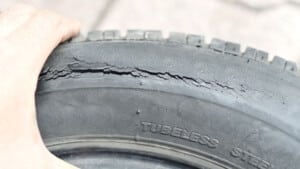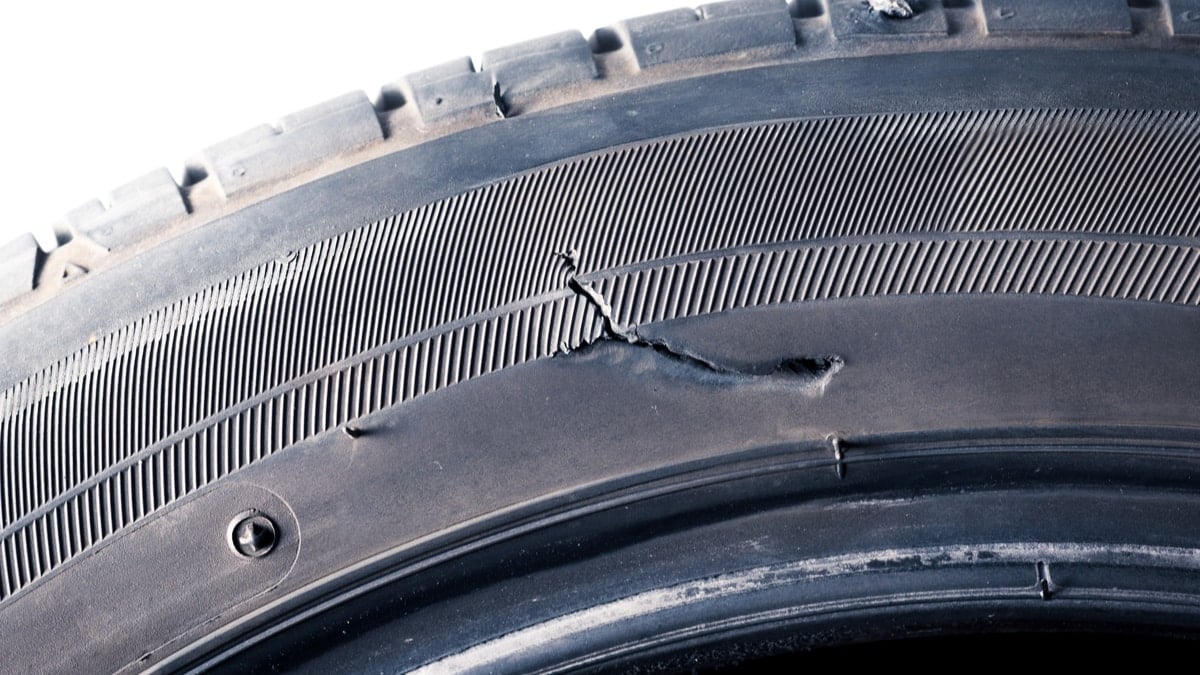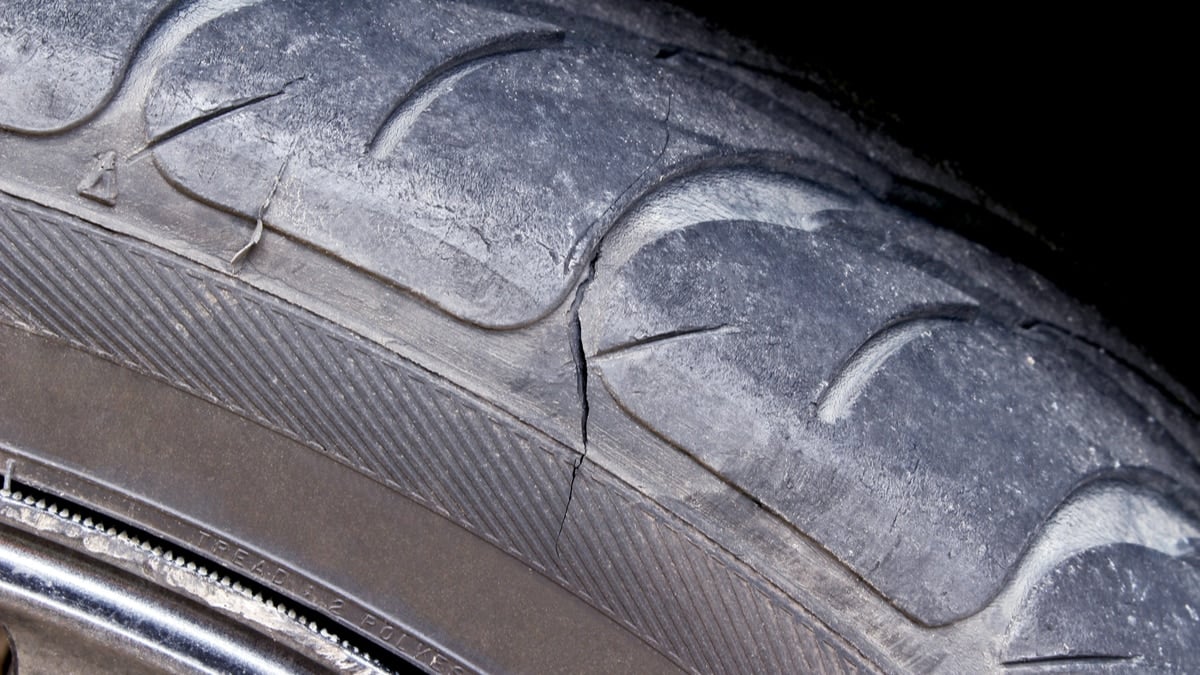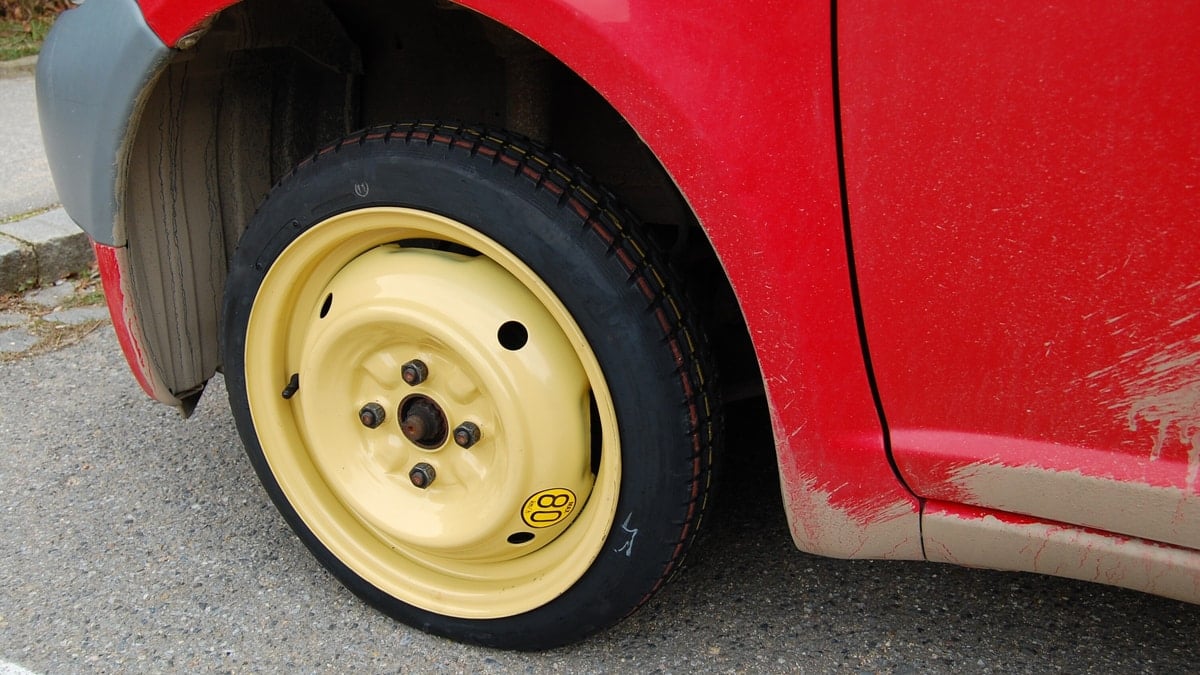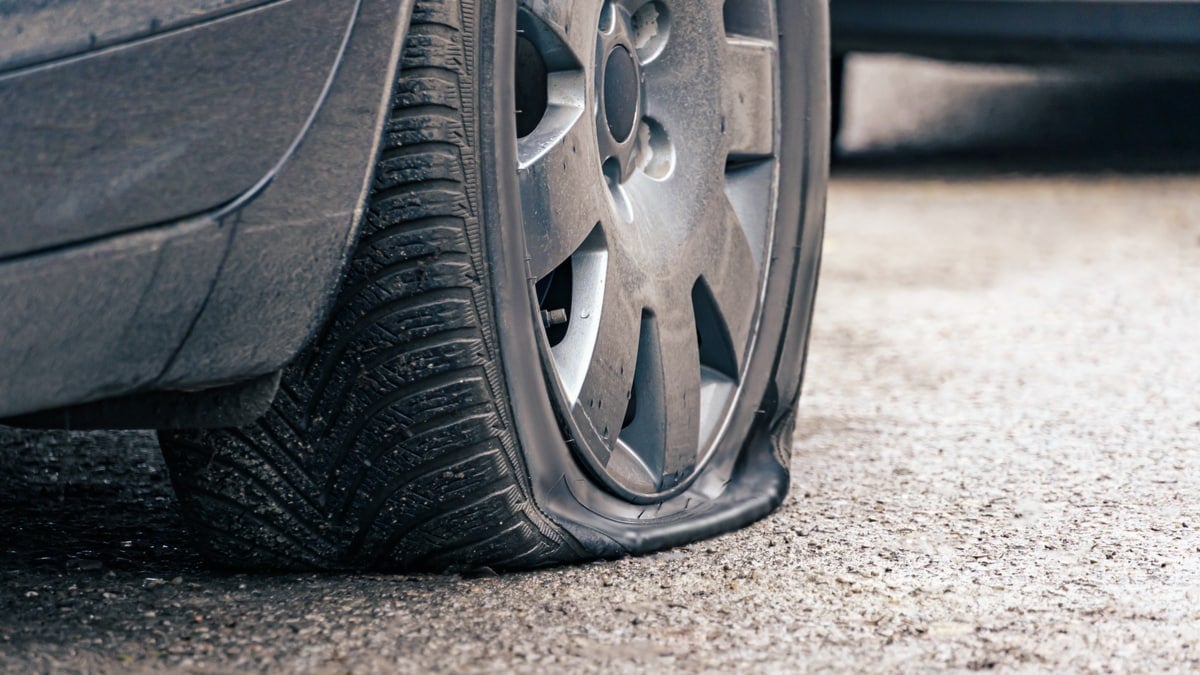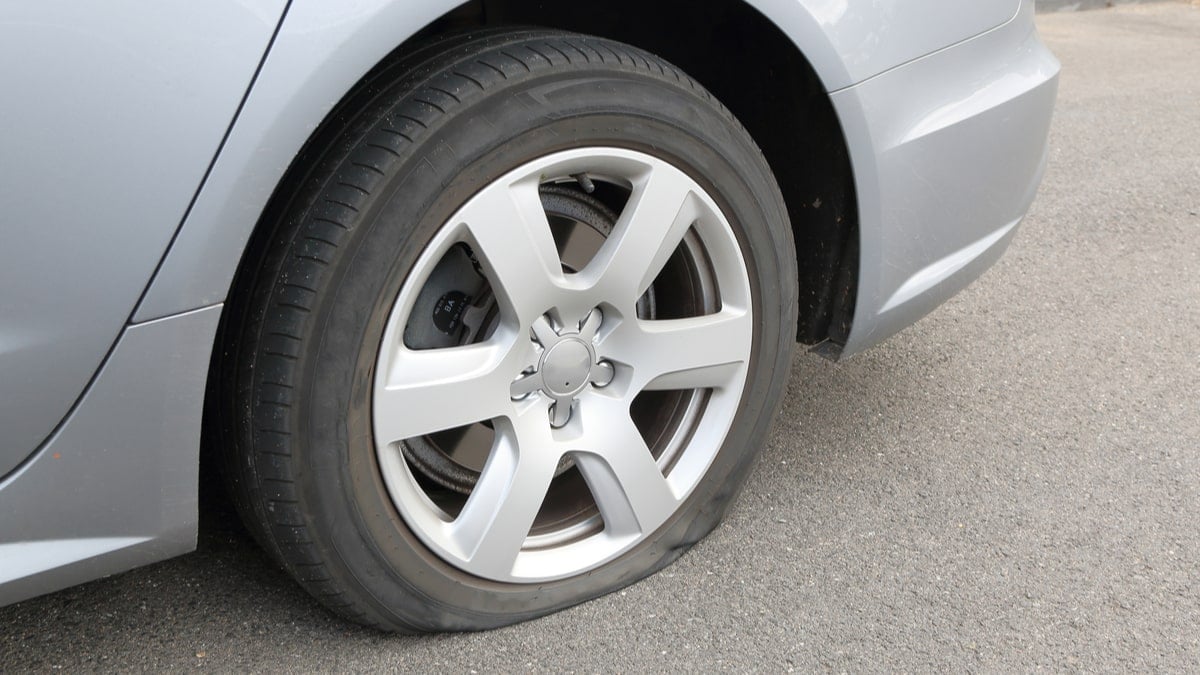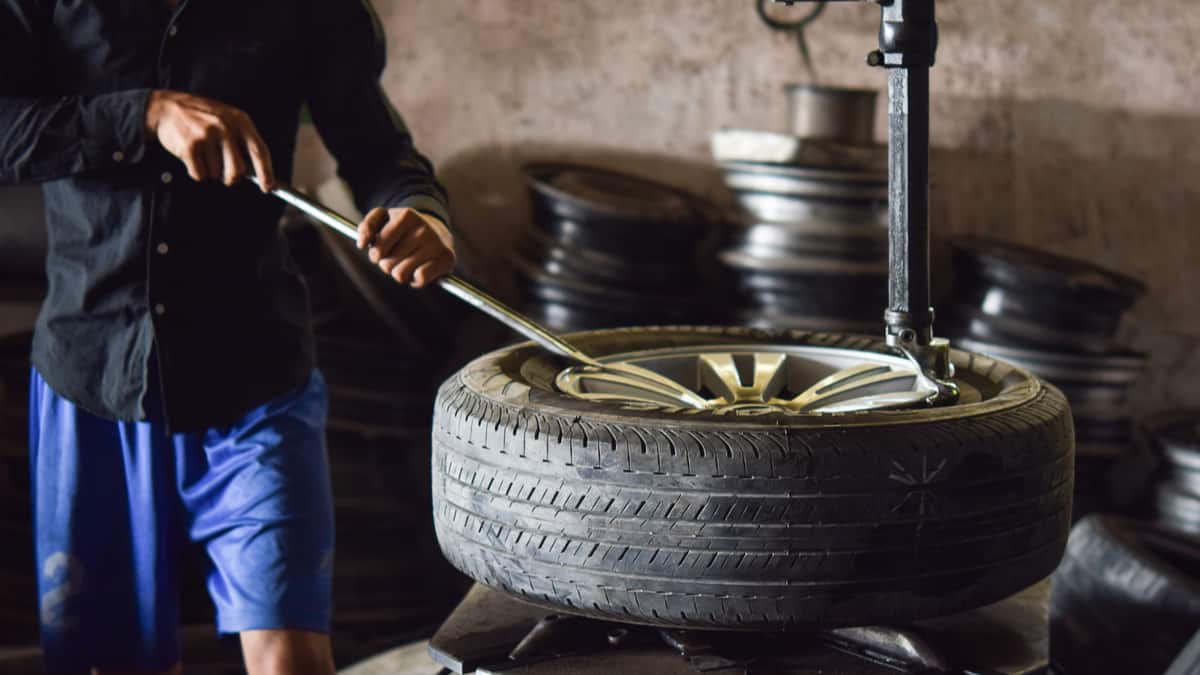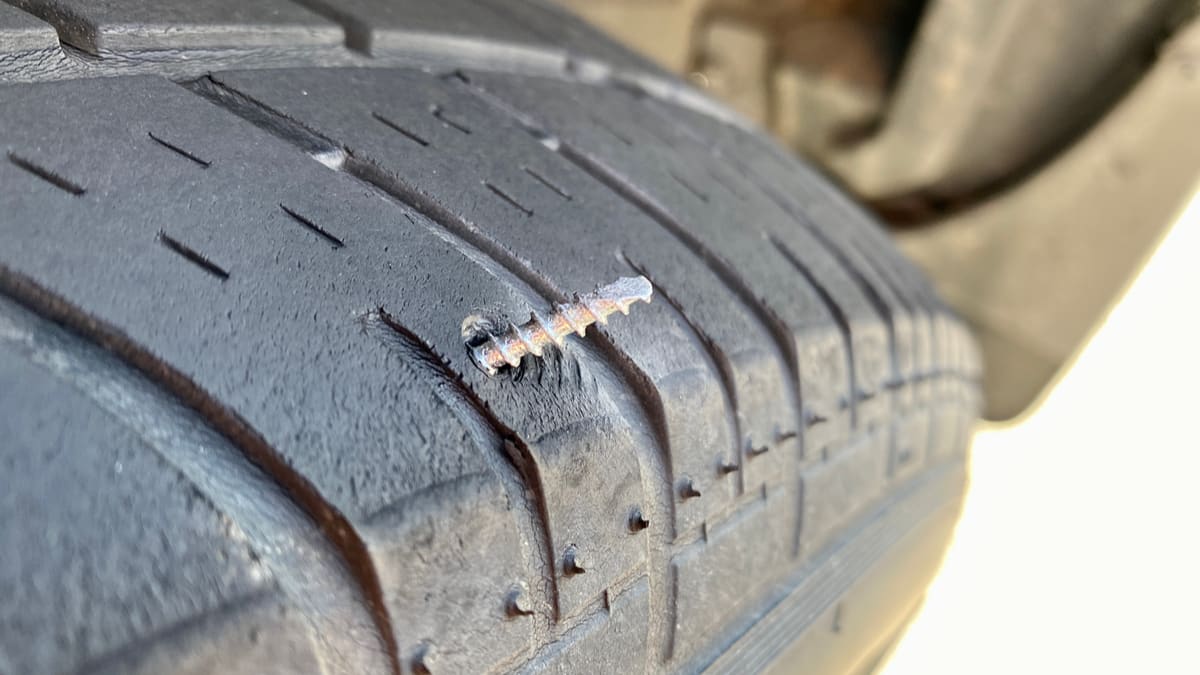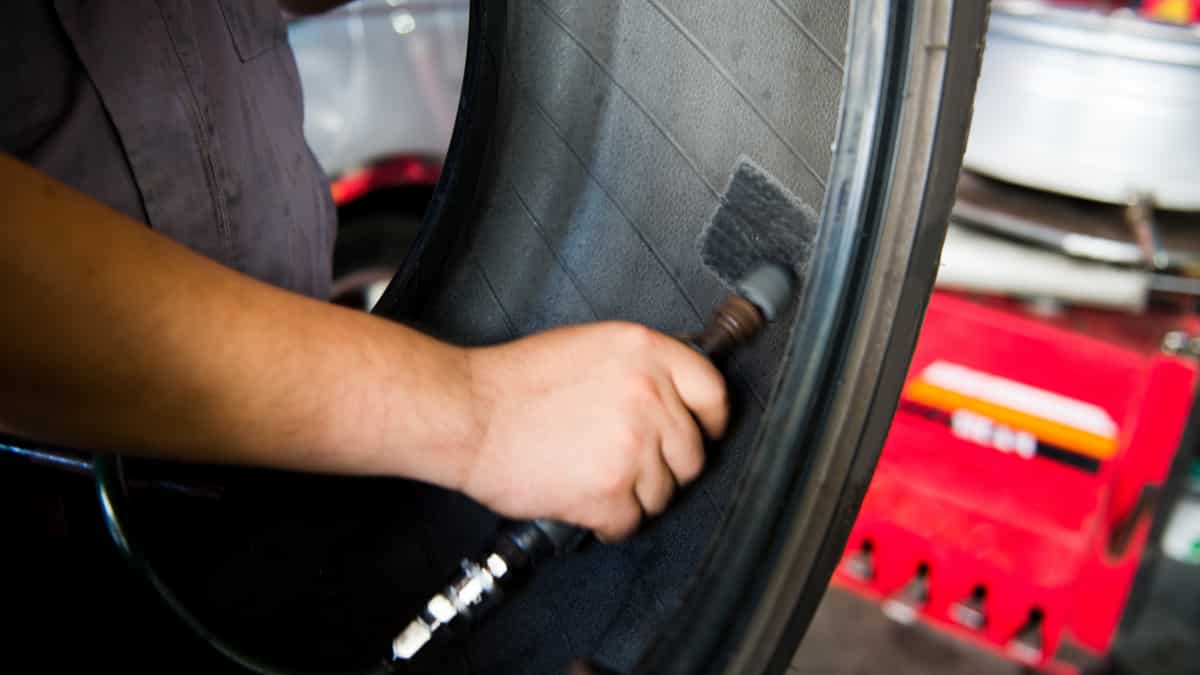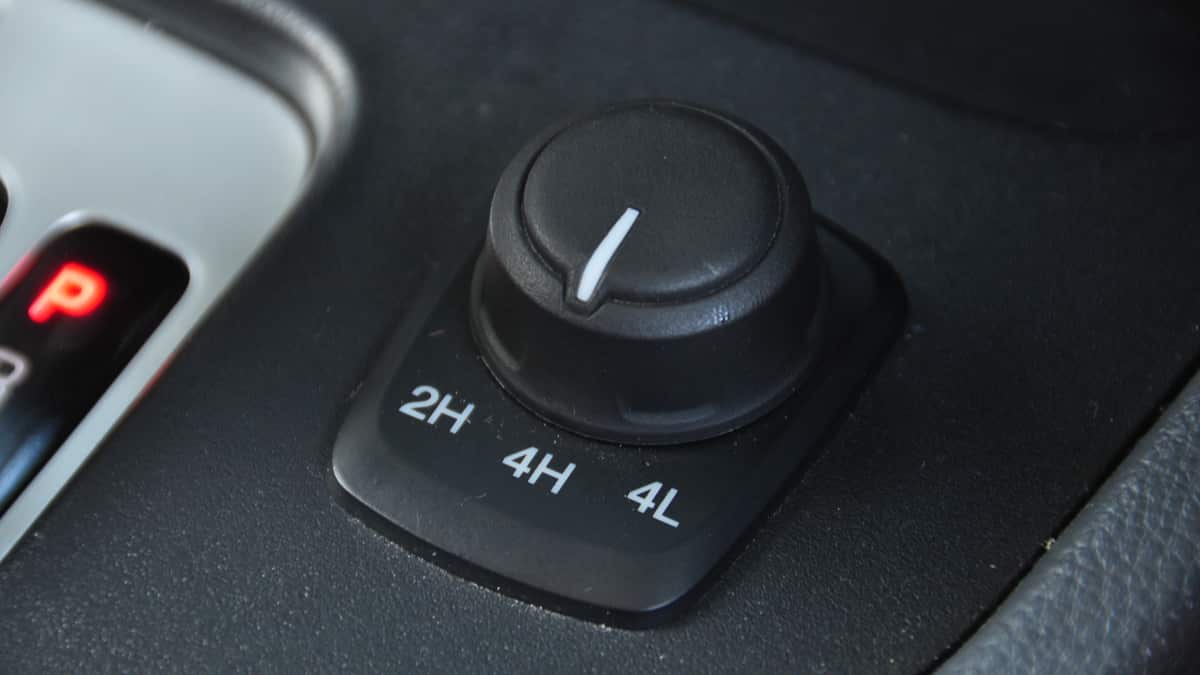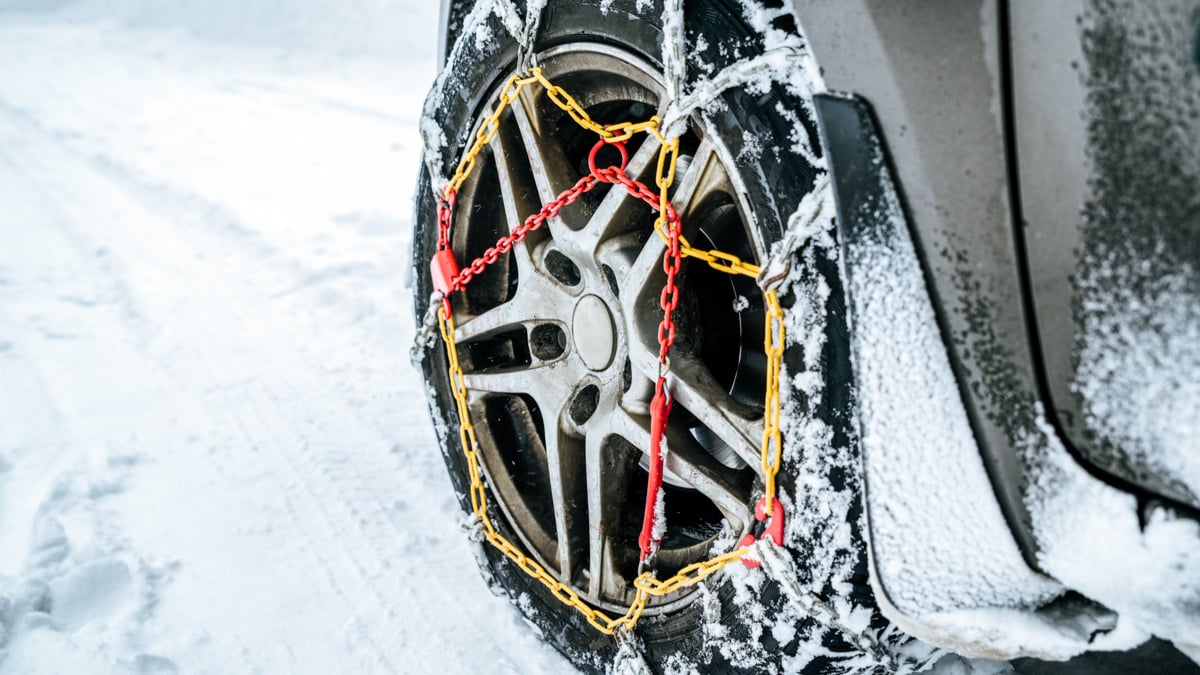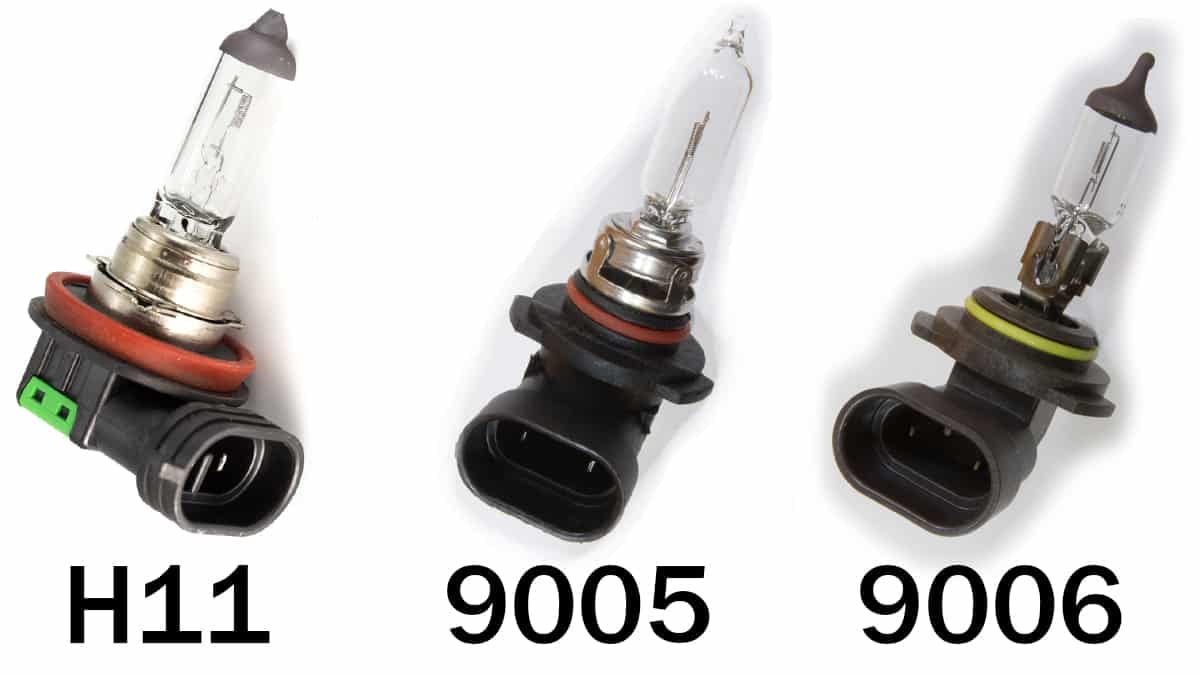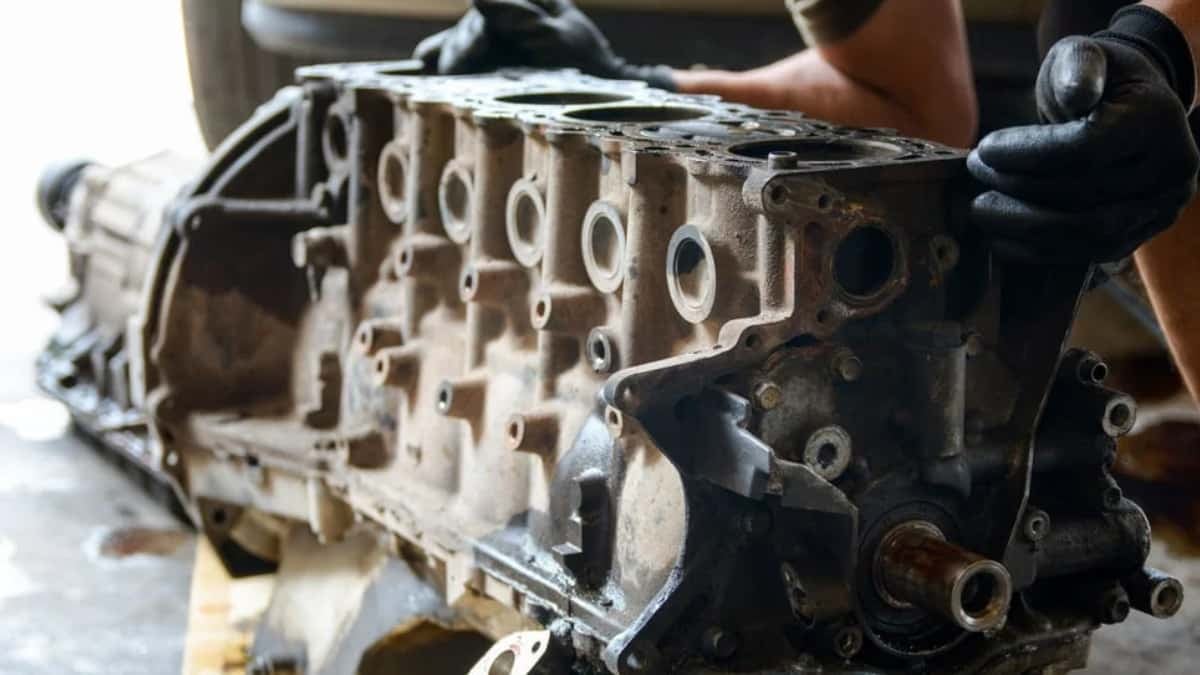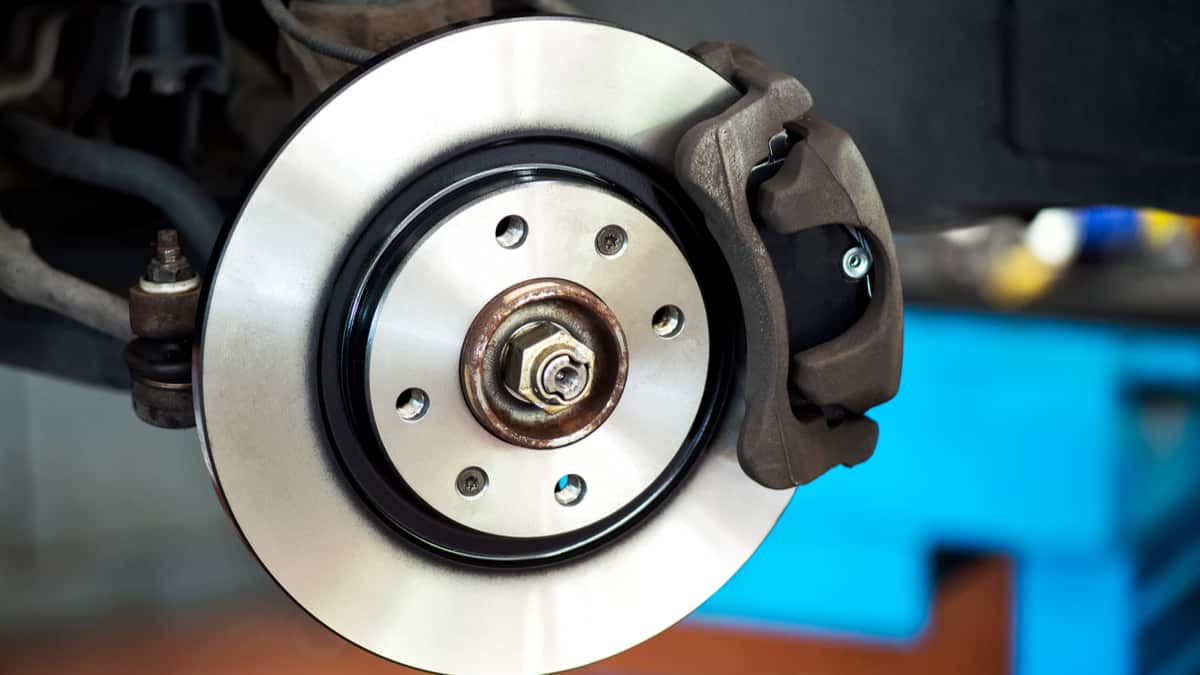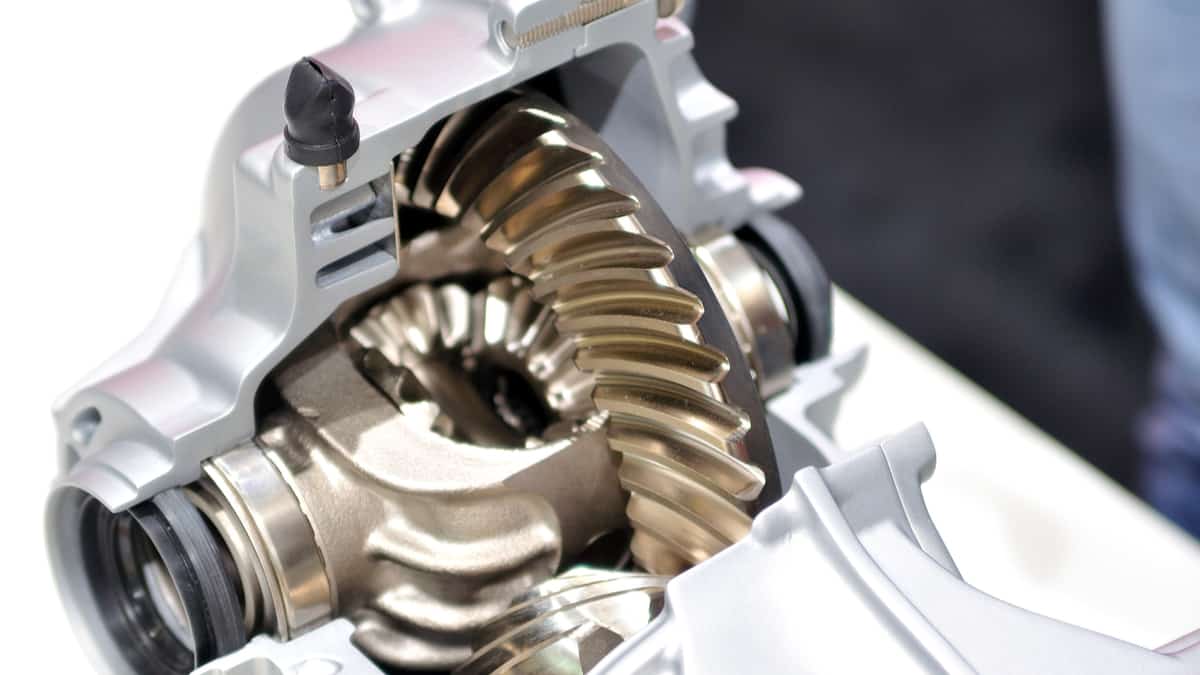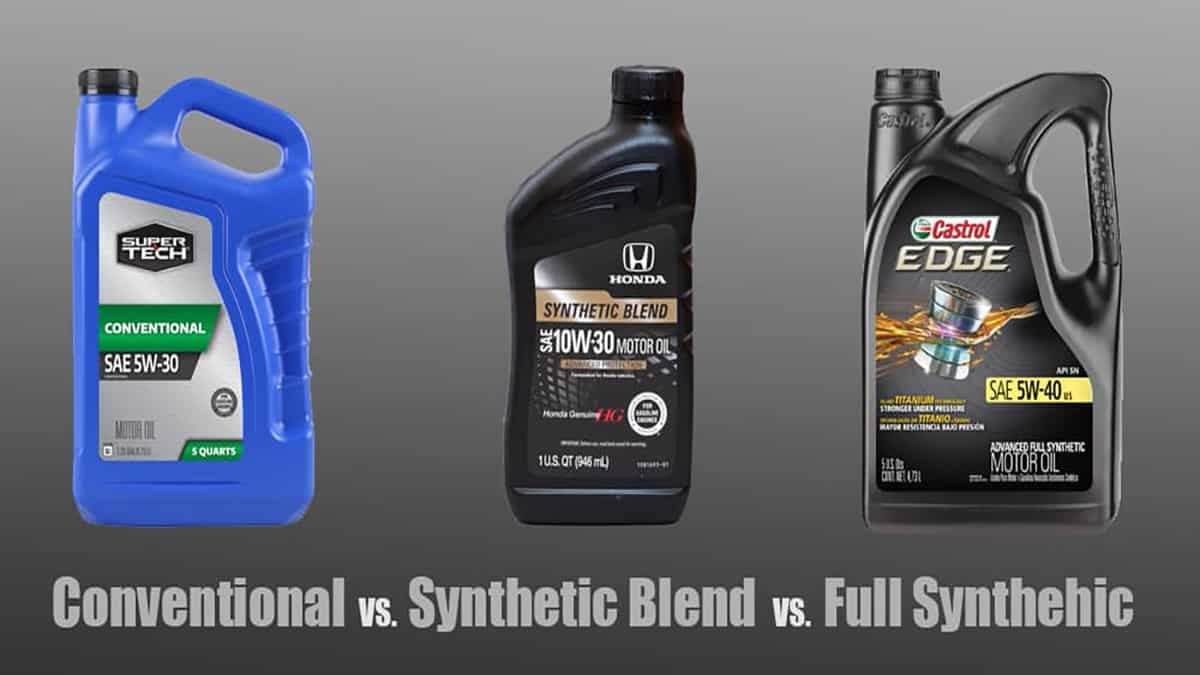If you have a flat tire, you want to do everything possible to avoid buying a new one. Thankfully, you might have options.
The tire plug goes into the punctured hole with a gooey substance, where it seals the area. A tire patch goes over the punctured hole and seals to the tire from the inside. But, are tire plugs or tire patches better to use?
In this guide, I will evaluate both types of tire repairs. I will also discuss when either should be used or when you should get a new tire.
Are Tire Plugs or Tire Patches Better?
Tire plugs are easier and faster to use, while tire patches will create a better and longer lasting result. In some states, it’s only legal to repair a tire if both the plug and patch are used. Otherwise, the tire might need to be replaced.
However, to determine exactly whether tire plugs or tire patches are better, you need to look at your individual situation. Read on to learn more about how to decide which one is a better choice for you.
What are Tire Plugs?
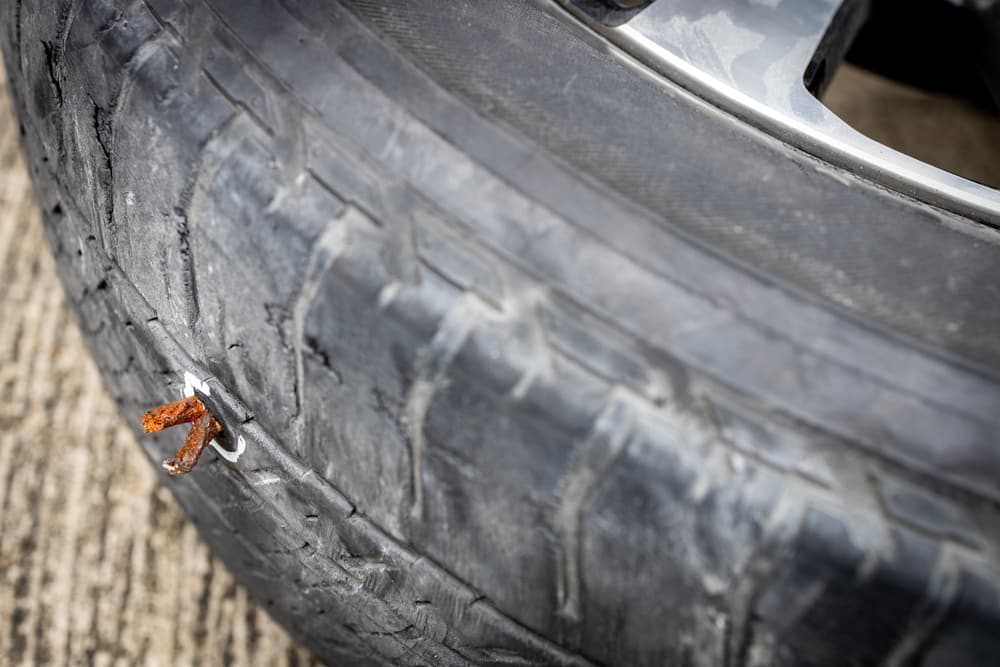
A tire plug is a short strip of material that’s covered with a rubber compound to create a seal. When it is forced into the puncture hole, it fills it out while the rubber substance seals it. To finalize the seal, you may need to use some heat to get a tight grip.
Plug repairs are simple to do, and the tire doesn’t need to come off of the wheel. These tire repairs are also inexpensive. When done right, the plug can last for the lifetime of the tire. Additionally, you can do it yourself at home, as long as you have the special tool that gets the plug inside the rubber. This tool comes as part of the kit with the plugs.
On the flip side, there’s always the chance that the plug could fail. If this happens, your on-road safety is compromised. In most cases, the plug only fails because the hole was too large for a plug to be effective. It can also fail if you try to plug an irregular-shaped hole, which should have been patched instead.
When Can/Can’t a Tire Plug Be Used?
The main factor when using a tire plug is the location of the puncture and its size. You can use plugs when the puncture from a small screw or nail goes into the tread.
However, you shouldn’t use a tire plug under these conditions:
- Hole is near the sidewall.
- Hole is irregularly shaped.
- Hole is too large from a thick nail.
- If the tire was driven on while flat (because the sidewall could be damaged).
- If a bulge or bubble is on the sidewall.
What are Tire Patches?

A tire patch contains an adhesive on one side that gets placed inside the rubber. When heated up, the material vulcanizes for a solid seal. This is considered a stronger repair, but it’s not quite as easy as the tire plug.
You need to dismount the tire, which is why many people choose to take it to a shop. The process will also take longer because of the added work involved. This added time leads to a higher cost.
Some people believe that the tire patch is overkill for smaller puncture holes that could have otherwise been plugged. However, there’s no such thing as doing too much for your safety.
When Can/Can’t a Tire Patch Be Used?
The tire patch is an ideal option for holes that are irregularly shaped. However, you still want the puncture to be small, ideally less than a quarter-inch in diameter. You won’t be able to use these patches on larger punctures, and you want to keep them away from the sidewall.
Here are some other times to avoid using a tire patch:
- Puncture is too large.
- Puncture is by sidewall or near another repair.
- If the tire’s sidewalls are already damaged, such as from driving on them while flat.
- There’s a bulge or bubble in the rubber.
READ MORE: How Much Does It Cost To Get a Tire Patched?
How to Plug a Car Tire
1. Find the Leak
You don’t need to take the tire off of the rim to plug the hole. Pump up the tire until it gets firm. Listen for a leak. Sometimes, it’s not hard to find, especially if there is a screw or nail in the rubber.
Otherwise, fill up a spray bottle with 80 percent water and 20 percent dish soap. Spray the solution over the tire until you see bubbles coming out of the leak location. With a set of pliers, you can remove the object that caused the puncture.
2. Ream the Hole
Stick the T-handle tool from the kit into the hole. Move it up and down a few times as you rotate it. This creates more space for the plug to seal.
Make sure the hole is uniform and round. If the hole is too small to get the tool inside, you can use a smaller drill bit to get started.
3. Prepare Your Plug
Remove the plug from the kit. Put it into the eyelet of the insertion tool. You can use a pair of pliers to get it pulled through.
Coat the plug in the tire sealing cement that comes with the kit. Use this sealant in the tire’s hole as well.
4. Insert Strip
Push the insertion tool into the hole with the cement-slathered plug attached. You may need to use a little pressure to get the job done.
With an inch of the strip sticking out from the surface of the tire, pull the handle of your tool straight up. This should remove the plug from the tool, where it stays in the tire.
5. Fill Tire
Hook up the air compressor and fill up the tire. You won’t want to fill it to maximum capacity until you realize there is no leak.
Use your soapy water once again to look for leaks. If all looks well, you can fill it up the rest of the way.
6. Trim the Plug
Wipe off any tire sealing cement from the plug area with a paper towel. Allow the substance to harden for about five minutes.
With a set of wire cutters, take off the top of the plug. There should be no more than 1/8” sticking out.
When to Replace the Tire
While it’s important to save money, you don’t want to do so at the expense of your safety. If the puncture hole is too large or it is near the sidewall, it’s time to get a new tire. Additionally, you don’t want to repair anything that’s located near another repair.
Furthermore, if you drove on the tire while it was flat, you must get a new one. There’s a chance that the sidewall got damaged, which could lead to a blow-out down the road.
Categories: Tires

